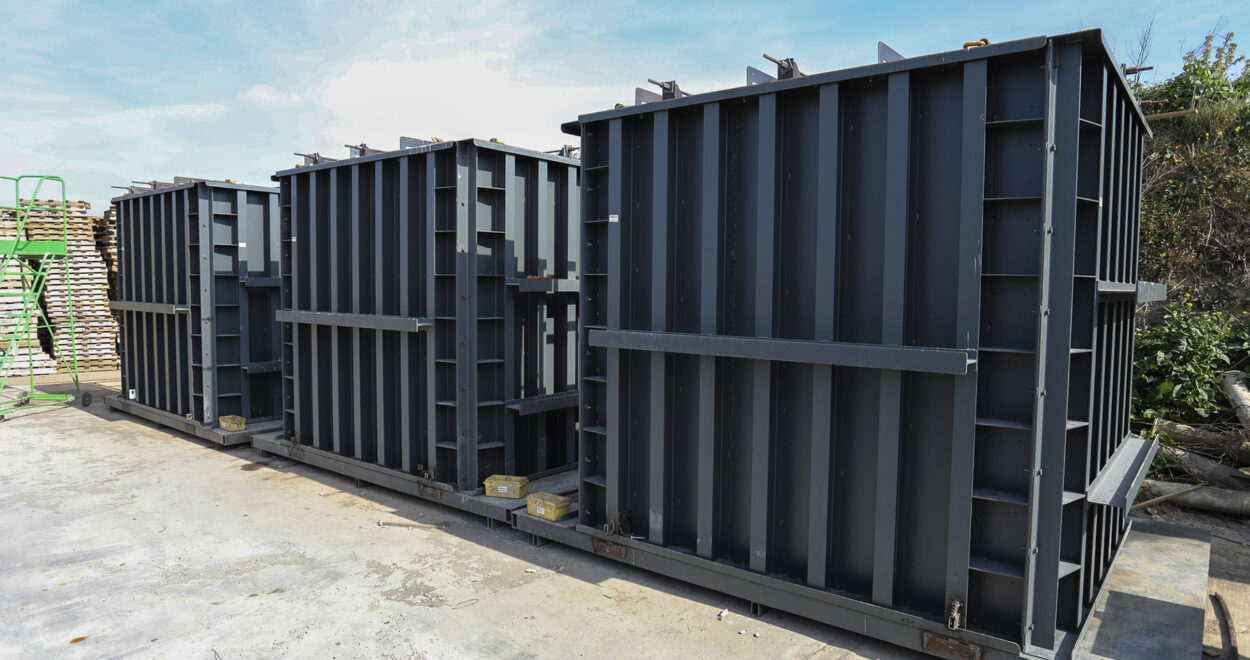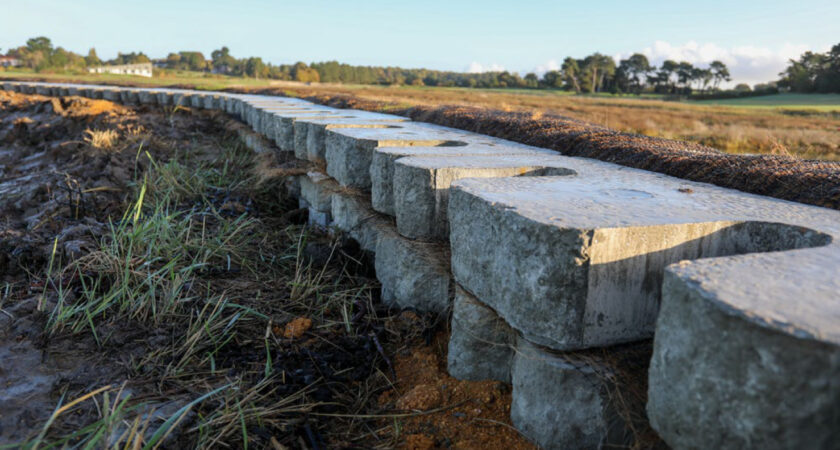
Silvertown Tunnel, London River wall replacement
Heralded for using the UK’s largest Tunnel Boring Machine (TBM) at a diameter of 11.91 metres, a new tunnel is being built by Riverlinx Ltd, to connect the Greenwich peninsula and the Silvertown district in London. The project is worth more than £1 billion and includes the construction of a twin-bore road tunnel under the River Thames and will provide a much needed alternative to using the Blackwall tunnel.
Get in touch Download Case Study PDFIt’s estimated that the Blackwall tunnel in London causes one million lost hours every year as people queue to cross under the River Thames in this busy part of East London, and the construction of the Silvertown tunnel will significantly reduce congestion in an area where the population is forecast to increase by 650,000 by 2036. Journey times are expected to be up to 20 minutes faster.
The tunnel will stretch for 0.9 miles and will connect Newham and the Greenwich Peninsula in the east of the capital.
Main contractor: Riverlinx Ltd a company comprising of Cintra, Aberdeen Standard Investments, BAM PPP, Macquarie Capital and SK E&C.


The solution
Before the tunnel could be built, the existing river wall needed to be replaced in order to strengthen the surrounding as well as providing flood storage provision to cater for a predicted water level rise of 1 metre in its 120 year design life. 260 sheet piles were installed to a depth of 10 metres below the foreshore. Each pile then interlocked to form a 340 metre wall along the riverbank. A stepped wall was created using L walls which will create an inter tidal terrace approximately 1,700m2 in size which will eventually be planted.


How we helped?
We supplied a total of 78 L-shaped retaining walls, which were 2.5 metres in height and between 1.4 and 2.5 metres wide, weighing up to 11 tonnes each. A textured finish was created on the river side of the walls to help the walls blend in more with their existing environment. This natural effect was created using a rubber formliner from Reckli which was incorporated into the new steel moulds procured specifically for this project, prior to the pouring of the concrete.
The units were lifted into position using a 110 tonne crane with a 10-20mm joint in between each unit.
Manholes were installed for drainage, followed by backfilling with cohesive material to the top of the L wall. In order to tie in the precast walls with the existing brick wall, mass concrete with nominal reinforcement was installed for crack control.


Get in touch with our bespoke concrete department
Our experienced sales team is always on hand to help and advise you on the features and benefits of all of our bespoke concrete products. We would be more than happy to help you discuss the wide variety of options on offer.
Get in touch



